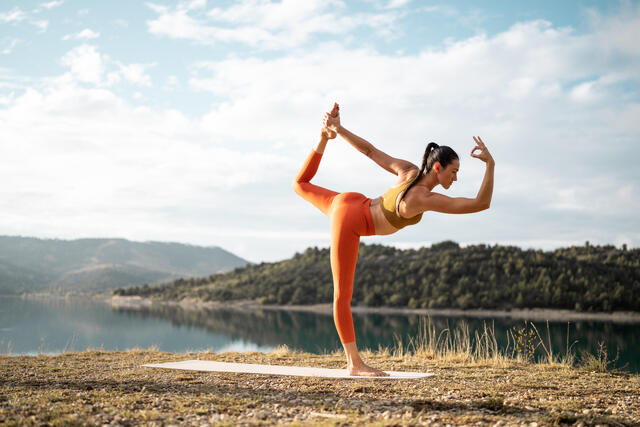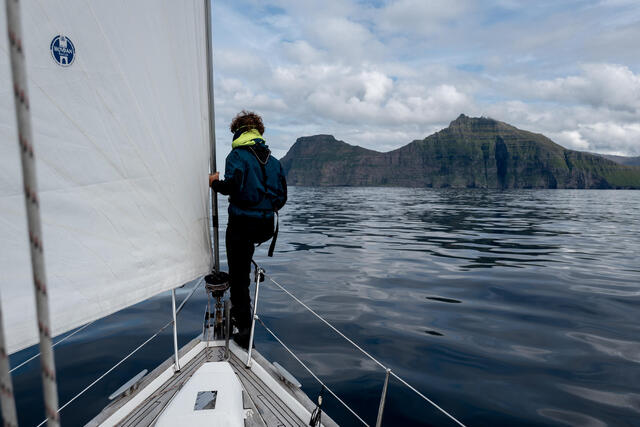Shoes
It all starts with shoes. As trail running has matured as a sport, the number of available shoe designs has grown from zero to a few to today’s dizzying array of brands and styles and models.
Where to start? That’s easy: fit. You’ll do better in perfectly-fitted rain boots than in high-end trail running shoes the wrong shape for your feet. Always start with a close look at your feet. If you’re one of the lucky few whose feet are “average” in width, toe-box shape, and volume, then you’ll find you have a great number of choices. If you’re like the rest of us, you’ll find your choices narrowed right out of the starting gates.
Most athletic shoe companies have a certain house fit. If you have a wide foot with a square toe profile, typical narrow Italian shoes will cause problems. And so on. There’s one fitting tip that’s specific to trail running shoes: give yourself a bit more room in the toes. It’s important to keep your toes from hitting the front of the shoe on long, rocky descents—especially near the end of a long day when your feet have swollen.
The next considerations are your gait and any corrections you may need. Runners with flexible feet that overpronate (roll too much from outside to inside as the arches collapse) need more support. Runners with high, rigid arches often need a thicker midsole and more cushioning. Feet that are between the extremes are best served by neutral shoes.
Once you’ve narrowed down the field based on fit and gait, you can look at design specifics. If you want to run in a range of terrains, choose an all-rounder. If you prefer rocky, rooty, ruttedtechnical trails, you’ll want more support and protection, including some kind of “rock plate” under the forefoot to keep your feet unbruised. Shoes for technical terrain often feature stickier rubber, which sacrifices a bit of longevity for good grip on smooth rocks. If you plan to encounter softer, looser terrain—grass, sand, mud, bogs, snow—look for an outsole with deep, widely-spaced lugs. If you’ll spend more time on well-groomed trails, a less aggressive outsole, with thinner and more closely-spaced lugs, will typically last longer and feel more comfortable underfoot.


















